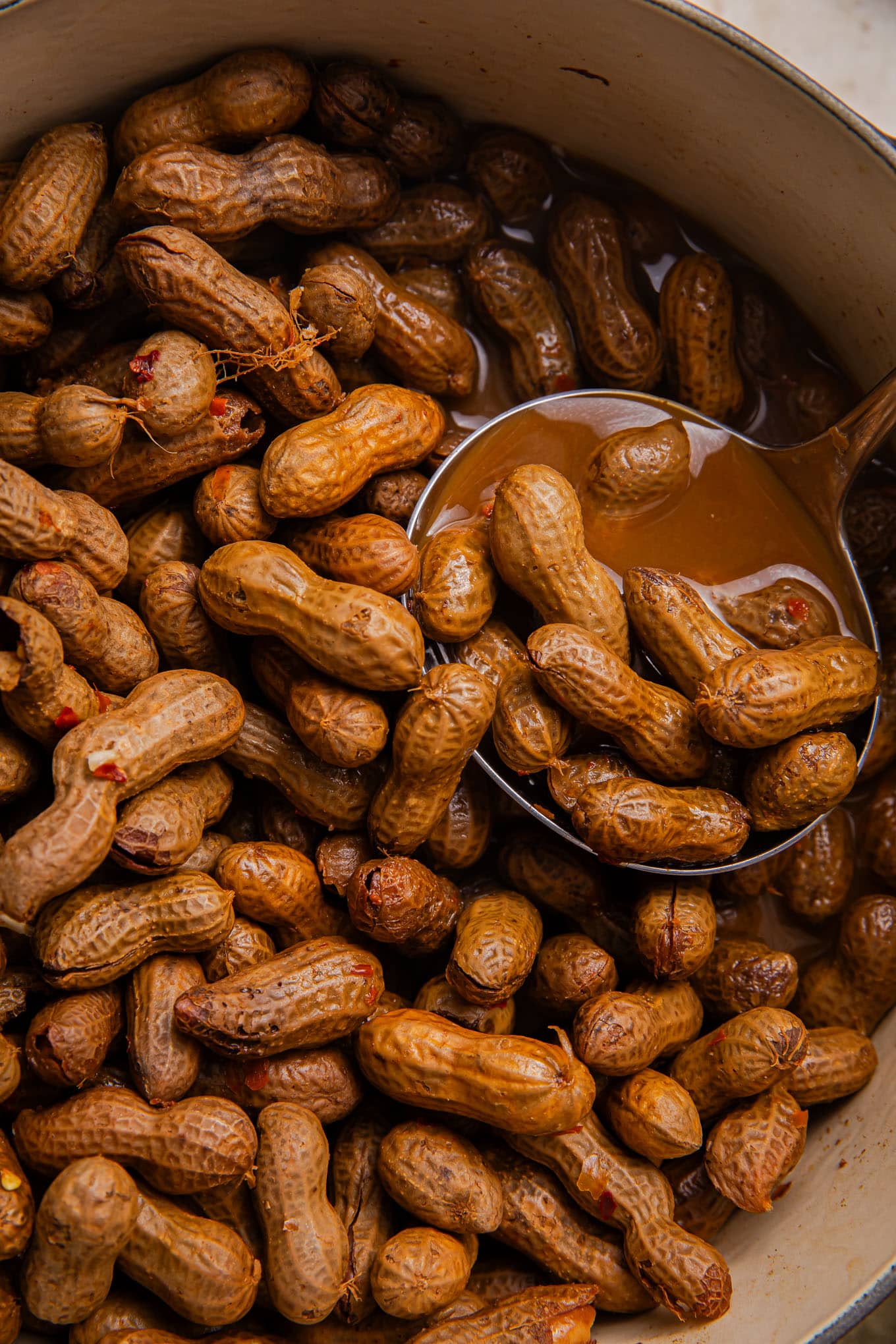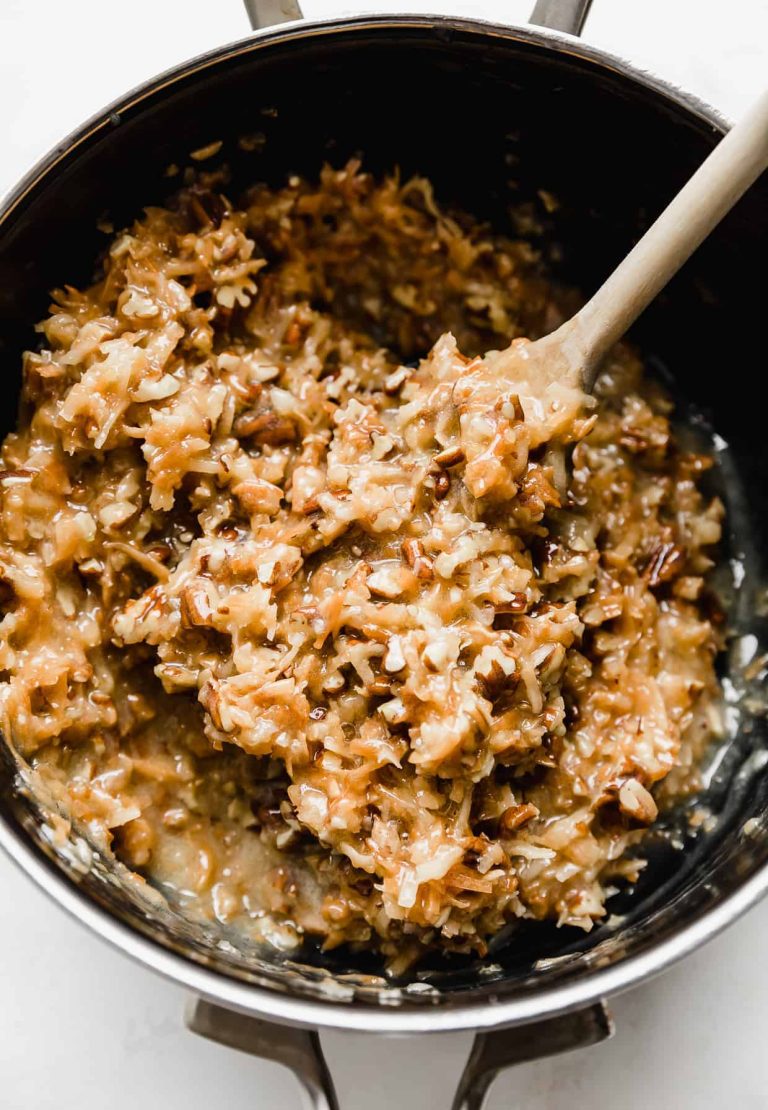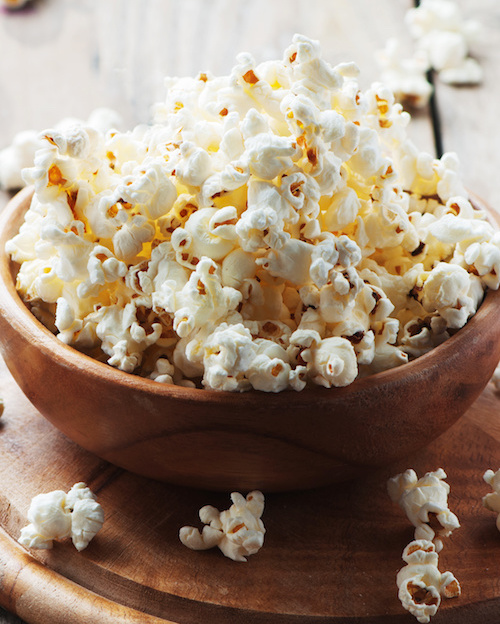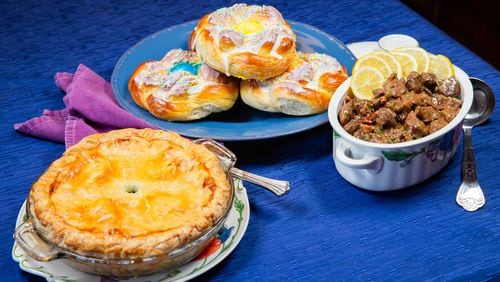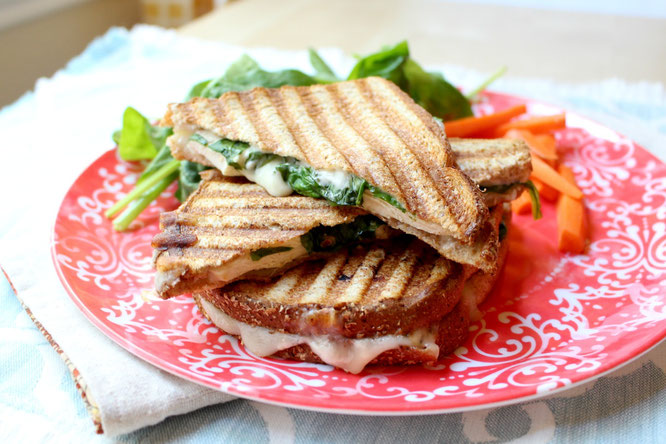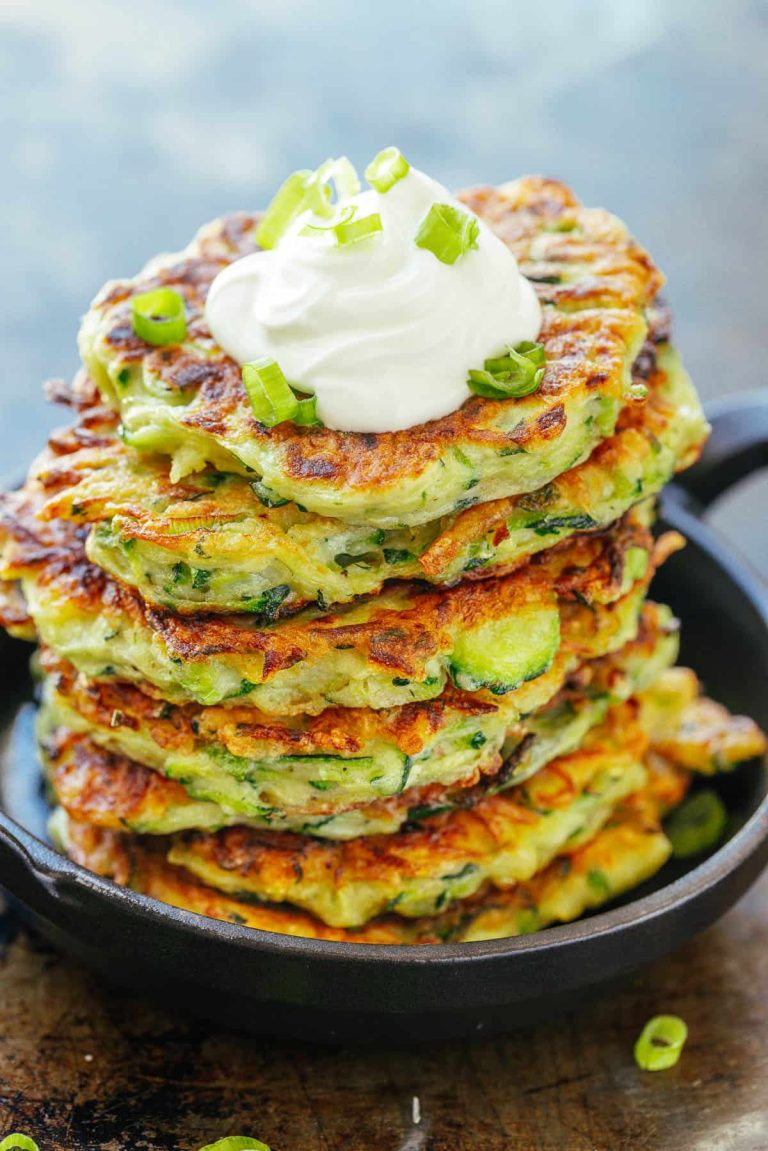Boiled Peanuts: History, Nutrition, and Delicious Serving Ideas
Boiled peanuts trace their origins back several centuries. This snack’s history likely began with African slaves brought to the Southern United States who introduced the method of boiling peanuts. As a result, boiled peanuts became integrated into Southern culture, eventually becoming a staple at social gatherings, markets, and roadside stands.
Boiled peanuts hold cultural significance due to their connection to antebellum and post-Civil War South. They represent perseverance and innovation among communities facing hardship, turning a simple legume into a cherished regional delicacy. Enjoying boiled peanuts today perpetuates this historical legacy.
Regional Variations in the Southern United States
The Southern United States boasts varying recipes and tasting experiences for boiled peanuts. In South Carolina, you’ll likely find “goober peas” seasoned with just salt, offering a pure peanut flavor. Georgia tends to add Cajun spices, bringing a robust zesty element to the snack.
Louisiana stands out with its distinctive Creole versions, where boiled peanuts simmer with garlic, bay leaves, and hot peppers. This spicy twist makes their interpretation unique. Alabama often presents a slightly sweetened version, adding sugar to the boiling process.
| Region | Core Seasoning | Unique Traits |
|---|---|---|
| South Carolina | Salt | Pure peanut flavor |
| Georgia | Cajun spices | Robust zesty flavor |
| Louisiana | Garlic, bay leaves | Spicy Creole twist |
| Alabama | Sugar | Slightly sweetened taste |
Understanding these regional variations enhances appreciation for boiled peanuts. You’ll experience the diversity of Southern culinary traditions through each distinct flavor profile.
Nutritional Benefits of Boiled Peanuts
Comparing Nutrients: Raw vs. Boiled Peanuts
Raw peanuts and boiled peanuts differ in nutrient content. Boiled peanuts have a higher water content, which reduces calorie density. One cup of boiled peanuts contains approximately 200 calories, compared to 828 calories in one cup of raw peanuts.
Boiling also increases the antioxidant content. According to the USDA, boiled peanuts have up to four times more antioxidants than raw peanuts. This boost in antioxidants helps combat oxidative stress in your body.
Boiled peanuts are also lower in fat. They contain around 14 grams of fat per cup, whereas raw peanuts contain about 72 grams. Lower fat content makes boiled peanuts a healthier choice for fat-conscious individuals.
Health Benefits of Frequent Consumption
Eating boiled peanuts frequently provides several health benefits. The high antioxidant levels support cardiovascular health by reducing inflammation and improving lipid profiles.
Boiled peanuts are rich in essential nutrients. They offer significant levels of magnesium, vitamin E, and folate. Magnesium aids muscle function, vitamin E acts as an antioxidant, and folate supports DNA synthesis.
The fiber content in boiled peanuts promotes digestive health. One serving contains around 6 grams of fiber, helping maintain regular bowel movements and lowering cholesterol levels.
Regular consumption can also aid weight management. The combination of high fiber, lower fat, and fewer calories helps you feel full longer, reducing overall calorie intake. Dedicating time to this nutrient-packed, low-calorie snack can support weight loss goals.
The presence of essential amino acids in boiled peanuts makes them a good protein source for vegetarians. This protein helps muscle repair and growth, providing a balanced dietary option.
These combined nutritional benefits make boiled peanuts a delicious and healthy snack option for boosting overall well-being.
How to Make Boiled Peanuts
Choosing the Right Peanuts and Ingredients
Opt for raw or green peanuts, as they absorb flavors better. Green peanuts, freshly harvested, need less cooking time. Raw peanuts, dried, require thorough soaking. Ensure they are free of blemishes and dirt.
Select salt, garlic cloves, or cajun seasoning for additional flavors. Add red chilies or soy sauce for a twist. Use enough water to cover the peanuts completely, ensuring even cooking.
Cooking Methods and Tips
Boil peanuts on the stovetop or in a slow cooker. For stovetop, bring water to a boil, then simmer for 2-3 hours. In a slow cooker, set on high for 4-7 hours.
Check for desired tenderness after two hours, adjusting seasoning halfway through. Soak peanuts overnight for shorter cooking times. Use a heavy lid to keep peanuts submerged.
Refrigerate leftovers in their brine to retain flavor. Adjust cooking time based on peanut type and personal preference. For a firmer texture, reduce cooking time; for softer peanuts, extend it.
Serving and Pairing Ideas
Traditional Ways to Serve Boiled Peanuts
Traditionally, boiled peanuts are served warm. Arrange them in a bowl or serve them directly from the pot to maintain their heat. Salt enhances flavor and complements the soft texture. Sprinkle some coarse sea salt over boiled peanuts for an extra burst of flavor.
Outdoor events often feature boiled peanuts. They are popular at tailgating parties, picnics, and roadside stands in the South. Serve them as a finger food at these gatherings.
For longer shelf life, refrigerate remaining boiled peanuts in their brine. This method preserves their flavor and texture. Reheat them by boiling briefly in fresh water or microwaving until warm.
Creative Dishes Using Boiled Peanuts
Incorporate boiled peanuts in various creative dishes. Add them to salads for a unique texture and flavor. They pair well with greens, tomatoes, and a tangy vinaigrette.
Enhance soups and stews with boiled peanuts. Their soft, creamy texture enriches dishes like veggie stew or peanut soup. Chop and mix them into the pot in the final cooking stages.
Turn boiled peanuts into hummus. Blend them with olive oil, garlic, and lemon juice. Serve this dip with pita chips or veggies for a healthy and flavorful snack.
In baked goods, boiled peanuts can add a surprising twist. Use them in cookies, brownies, or bread for added texture and nutritional value.
Conclusion
Boiled peanuts are more than just a snack; they’re a testament to history and culture. Whether you’re enjoying them warm at a tailgate party or adding them to your favorite dishes for extra texture and flavor, boiled peanuts offer a unique culinary experience. Don’t forget to refrigerate any leftovers in brine to extend their shelf life. Embrace this versatile treat and discover the many ways it can enhance your meals.
